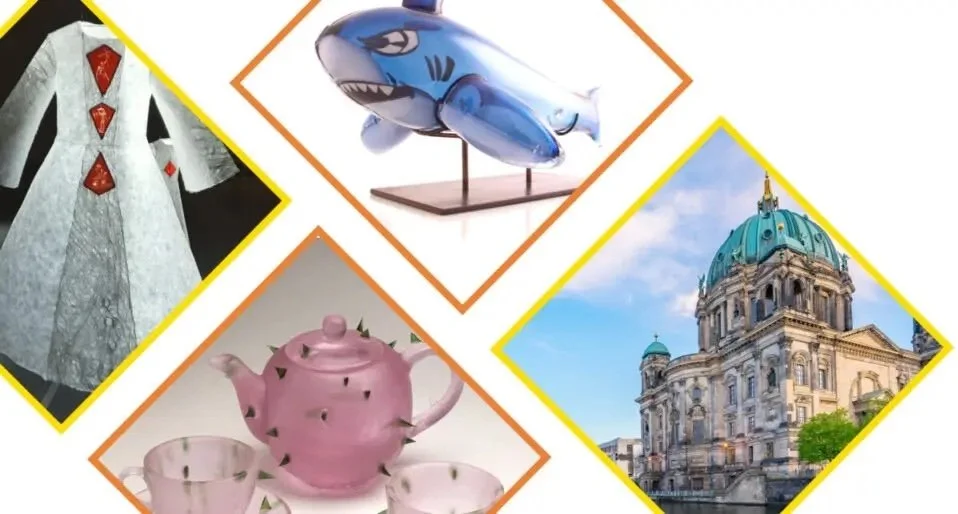Gordon Studio Glass lights up Peter Mac Centre
A new glass art installation at The Peter MacCallum Cancer Centre in Melbourne is bringing fresh light and colour to patients, visitors and staff. With three generations of glass artists practising the ancient craft in Red Hill on Victoria’s Mornington Peninsula, the Gordon-Donaldson family has worked with former employee and friend Andrea Comerford to make the installation possible – in addition to donating work from a recent glassblowing convention.


















